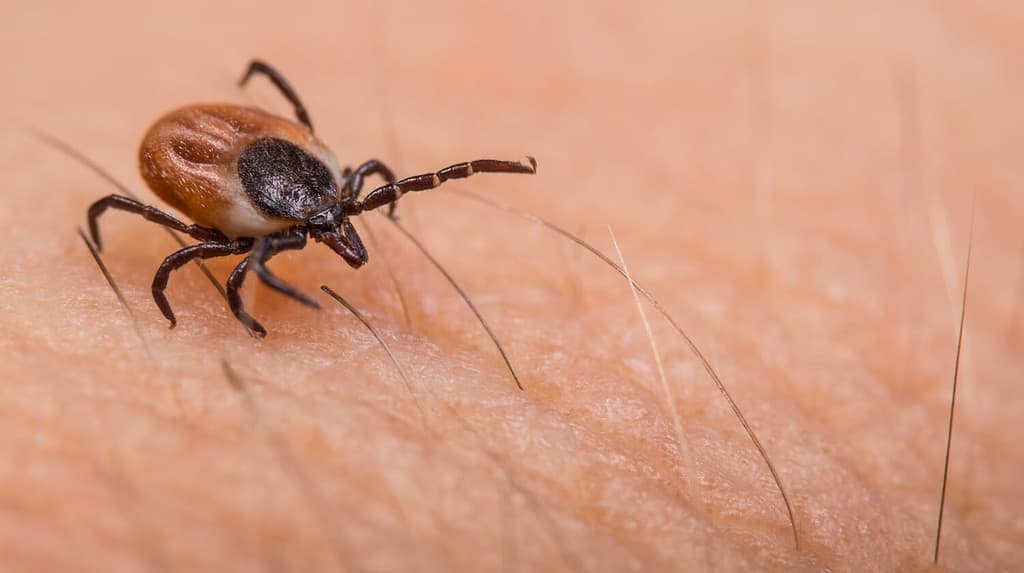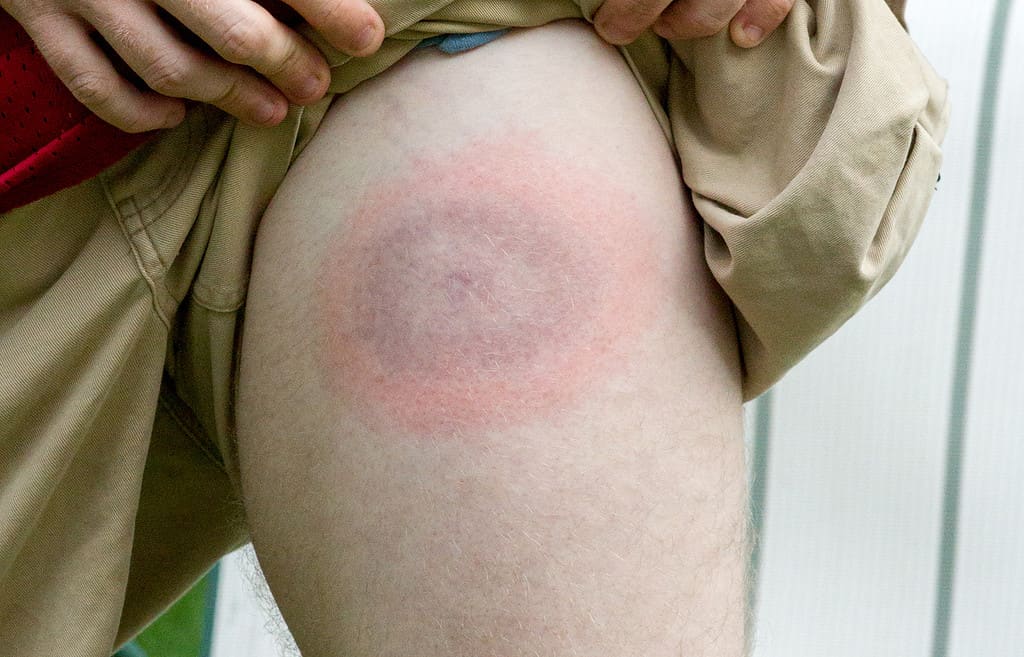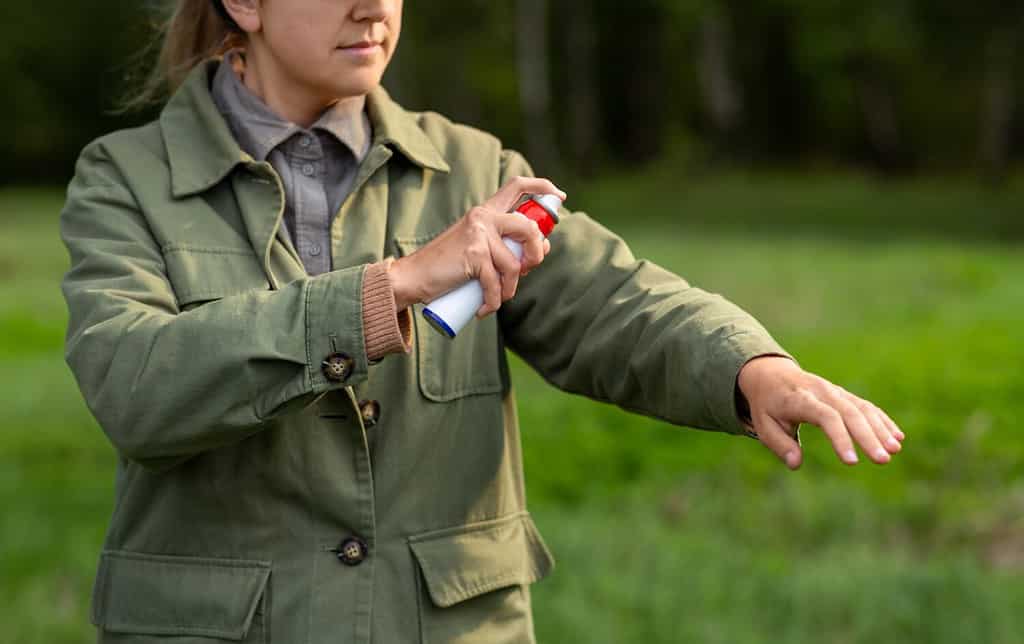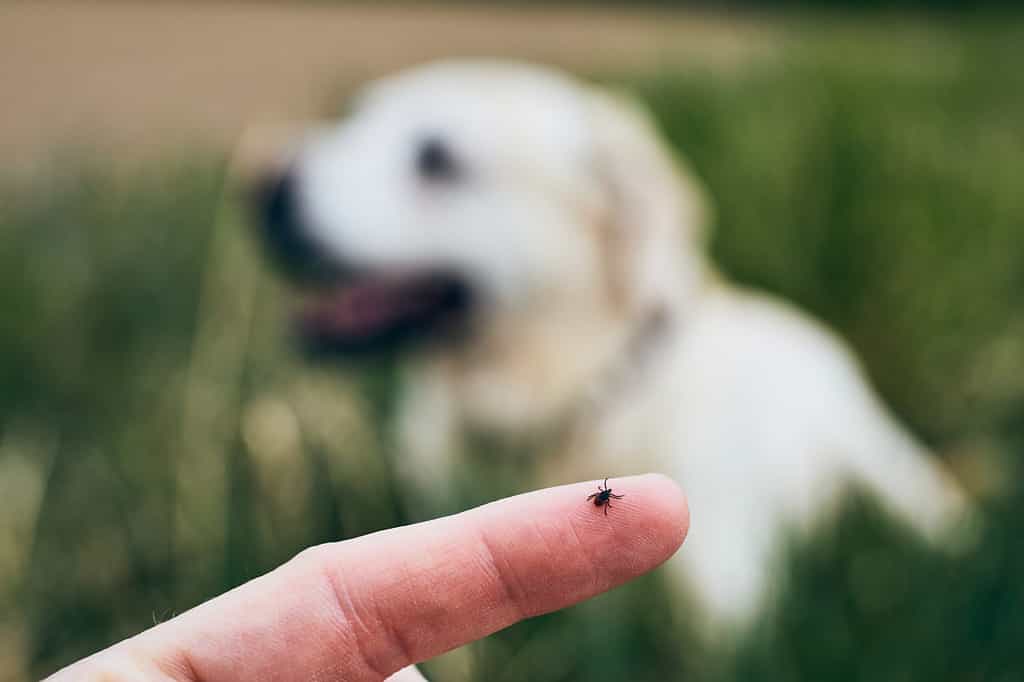Ticks are infamous for being vile beings and bloodsuckers, and many of them have the ability to spread diseases that can have a major negative impact on human health and wellness. Humans instinctively try their best to keep these parasites away from their homes and property.
They cling to and suck on the blood of people, animals, and our furry friends until they are satisfied. They can pick up disease-causing germs from blood meals or transmit tick-borne illnesses to other hosts.
These tiny beings contribute to the ecosystem’s balance, like the majority of living creatures. These little, disgusting critters can, in fact, be beneficial to Mother Nature and may even be beneficial for a number of reasons.
They Serve As Food For Animals

Opossums are opportunistic omnivores that eat a wide variety of animal and plant matter.
©iStock.com/galinast
Numerous animals are naturally occurring tick predators. These creatures can assist in organically preventing tick populations in your garden. Opossums are among the most effective tick predators, eliminating more than 90% of the ticks they come across.
These creatures are excellent at eliminating ticks, and they can consume nearly 5,000 ticks in a season. Frogs, lizards, turkeys, squirrels, and chickens enjoy eating these disease-ridden creatures as well.
Ticks Are Helpful For Scientists

There are over 850 species of ticks in the world!
©KPixMining/Shutterstock.com
For information on the health of certain ecosystems, scientists keep an eye on tick numbers. Tick numbers are often correlated with high densities of smaller mammals including rats, squirrels, and bunnies.
A declining tick population could be a sign that predators that attack smaller creatures are becoming out of control. In the animal realm, everything is linked together, and despite not being widely seen as being appealing to humans, ticks are crucial to maintaining the proper balance in the natural environments in which they exist.
Population Control

Lyme disease creates a bullseye-rash.
©iStock.com/JerryCallaghan
When people think about diseases, they frequently try to avoid or treat them. However, sickness has a role just like ticks. Disease weeds out less powerful animals, controlling the number of wildlife and keeping them from transmitting possibly harmful characteristics.
In nature, the fittest survive, and illness serves to identify which creatures are in fact the most resilient. Three diseases that have a significant impact on the overall well-being of the animals within an environment include Lyme disease, Rocky Mountain spotted fever, and tularemia, which are all carried by ticks.
A region might become swamped by deer, bunnies, rats, and other animals if the diseases and ticks that carry them were absent.
How to Avoid Ticks
Know how to safeguard yourself from ticks when spending time outside. There are a few steps you may take to keep yourself free from ticks and illnesses from being spread by ticks.
Although tick activity is normally highest from May to November, you should exercise vigilance all year long.
Wear the Proper Clothing

Ticks can crawl into just about any nook or cranny on exposed skin.
©Jay Ondreicka/Shutterstock.com
Ticks cannot attach to your skin when wearing thin long pants and long-sleeved shirts, which makes them ideal for hiking. They will likely stay off of you if you wear shirts with sleeves, long pants that are tucked into your socks, and shoes.
Stay away from sandals or shoes with exposed toes or walking barefoot. A popular tick pesticide called permethrin is sprayed on garments rather than the skin. The peculiar property of permethrin is that it does not require extensive reapplication.
It simply needs to be sprayed on a regular basis and remains bonded to the fabric of your clothing until you wash what you wear.
Use Insect Repellent

Insect repellent keeps more than just mosquitoes away!
©Syda Productions/Shutterstock.com
Opt for EPA-registered insect repellent that includes protection-time details on the packaging in order to make the best selection possible about risk reduction and health safety. This is similar to what you can expect to see on sunscreen. The use of repellents that have been registered by the EPA is advised by the Centers for Disease Control and Prevention.
You’ll find a number on the packaging of common insect repellents. This number indicates that the manufacturer sent the EPA technical data on the product’s ability to repel pests such as ticks and mosquitoes.
Apply a product that comes with a protection duration that matches your activity level for long-term protection.
Check For Ticks Daily

Be sure to check your dog’s ears and skin for ticks anytime he goes outdoors.
©Jaromir Chalabala/Shutterstock.com
The most crucial step is to remove ticks from your body before they may adhere and potentially spread Lyme disease. Physical inspections are essential because ticks are tiny and occasionally cannot be seen. Please do this on yourself, your children, and pets that go outdoors.
You might find ticks by feeling around for them in places where you wouldn’t normally look for them, including under your armpit, in your belly button, or in between your toes. Additionally, visual examinations should be carried out to look for the tiny, pinpoint-sized brown spots that are ticks in their nymphal stage that appear during the summer and fall.
The photo featured at the top of this post is © KPixMining/Shutterstock.com
Thank you for reading! Have some feedback for us? Contact the AZ Animals editorial team.







